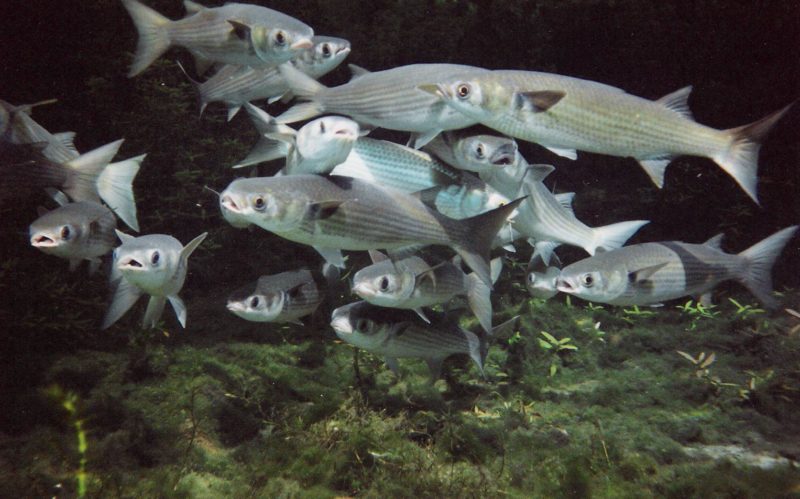Ballot initiatives are routinely challenged in court, but Ronald Crum may hold the record for persistence – he’s been in and out of court over Florida’s 1994 net ban for the past 25 years. While awaiting a ruling, after a November appearance before Second Circuit Court Judge Kevin Carroll, in Tallahassee, he was confident that his efforts would soon be rewarded.
“I’m gonna prevail, I can tell you. They might as well get ready for it,” said Crum. “My attorneys say there’s no way we can lose the case.”
Fishermen needn’t dust off their old gear, which stretched up to 2,400 feet in length before voters limited their nets to just 500 square feet. Crum, who stocks “over 3,000 rods and reels” at his Panacea sport-fishing shop, has no problem with the smaller net’s dimensions – his beef is with the legal mesh size which, he says, is so small that fish populations are being decimated.
“We were told in 1995 that fish would be so thick [after banning commercial nets] that you could use a dip net. Well, we killed ‘em off with 2-inch mesh nets,” said Crum.
After the November 1994 initiative reduced the size of commercial nets, the Marine Fisheries Commission arbitrarily set the maximum mesh size of the new nets at two inches stretched. Voters in 1998 approved the creation of the Fish and Wildlife Commission, which absorbed the MFC and retained the 2-inch mesh. Too small to gill marketable mullet, the webbing, said Crum, kills 98 undersized fish for every two keepers.
“No one can question the wisdom of the FWC,” said Crum, “so therefore there’s no due process. But the U.S. Constitution and the state constitution guarantee me due process, end of story.
“If we have the right to question them, and there’s checks and balances, they will make the right decision,” said Crum, who wants the mesh size to be “scientifically set. I want the man to go out there and get his catch, make a living and leave no footprint. Science works, politics does not.”







